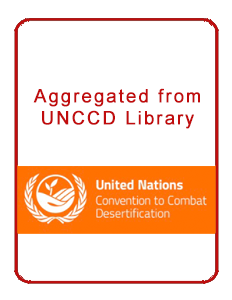History and impacts of dryland restoration in Yatenga, Burkina Faso. Included in Restoring African Drylands
Since the mid-1980s, the positive impacts of these simple, cost-efficient water harvesting techniques become clear, following their increasingly widespread adoption. Their use has allowed smallholders to reverse land degradation, improve soil fertility, sustainably increase crop production, achieve food security, and create more productive, diverse and resilient farming systems. At the same time, groundwater is recharged, improving access to drinking water for the entire year, and creating opportunities for irrigated vegetable gardening around wells.




